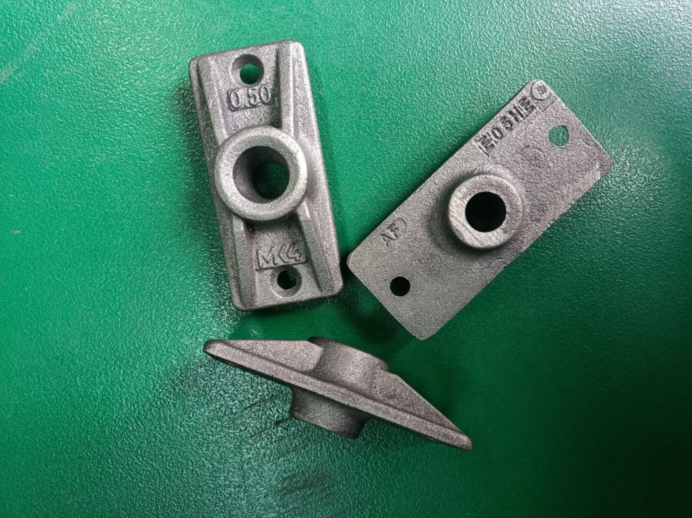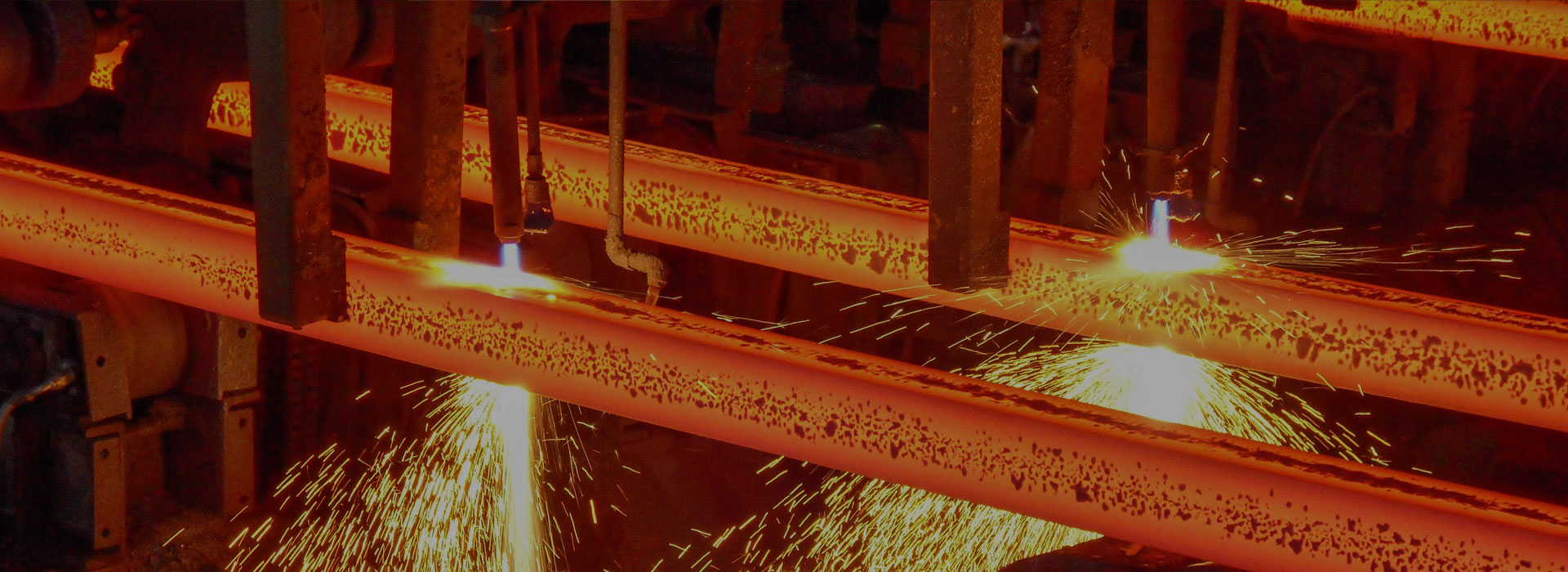Understanding the Unbonded Monostrand Anchor
2023-06-26
Post tensioning is a technique used in construction to reinforce concrete structures. It involves the use of high-strength steel strands or cables that are tensioned after the concrete has been poured and cured. The result is a stronger and more durable structure that can withstand greater loads and stresses.
One type of post tensioning system is the unbonded monostrand anchor. This system consists of a single steel strand or cable that is coated with a layer of grease or wax to prevent it from bonding with the surrounding concrete. The strand is then inserted into a duct that runs through the concrete and is anchored at both ends with special fittings.
The advantages of the unbonded monostrand anchor system are numerous. First, it is a cost-effective solution that requires less material and labor than other post tensioning systems. Second, it allows for greater flexibility in design, as the ducts can be placed in any location and the strands can be tensioned individually. Third, it is easy to inspect and maintain, as the strands can be easily accessed and replaced if necessary.
However, there are also some potential drawbacks to the unbonded monostrand anchor system. One is the risk of corrosion, as the grease or wax coating can break down over time and expose the steel to moisture and other corrosive elements. Another is the risk of strand failure, as the system relies on a single strand to carry the load. Finally, the system may not be suitable for certain applications, such as structures that require high levels of seismic resistance.
In conclusion, the unbonded monostrand anchor system is a popular and effective post tensioning solution that offers many benefits. However, it is important to carefully consider the potential risks and limitations before choosing this system for a particular project. With proper design, installation, and maintenance, the unbonded monostrand anchor can provide a strong and durable reinforcement for concrete structures.




